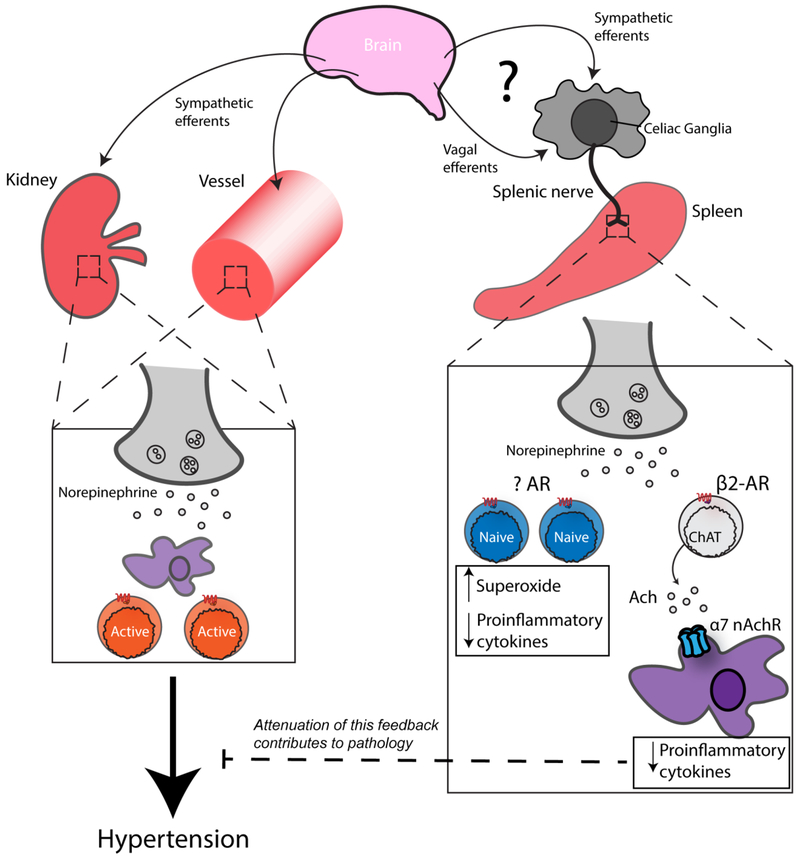Figure 3: The dual nature of NE in T-lymphocytes.
On the one side, signals arising centrally in the brain—sent through vagal efferents or splanchnic sympathetic efferents—synapse in the celiac ganglion. The splenic nerve arises here and releases NE locally, wherein it is received by splenic T-lymphocytes, possibly by multiple AR subtypes. In naïve T-lymphocytes, NE reception will result in suppression of cytokine production and increased ROS. Additionally, ChAT+ T-lymphocytes receive NE through the β2-AR, which induces the production of Ach that is received by α7 nAchR-bearing macrophages. This results in a suppression of proinflammatory cytokine release by these splenic macrophages (termed the anti-inflammatory reflex). On the other side, sites of already activated T-lymphocytes and macrophages receiving NE from sympathetic efferents become further activated, contributing to the exacerbation of hypertension.

